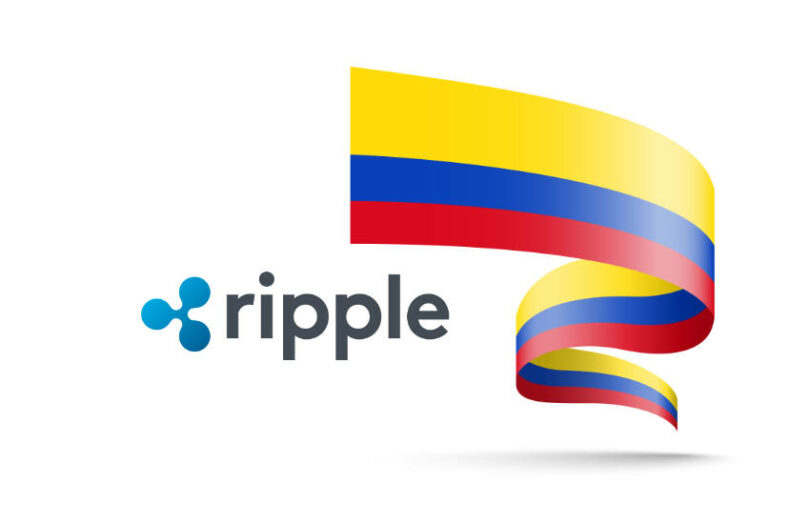Today Ripple announced that Colombia’s central bank and Ministry of Information and Communication Technologies (MinTIC) will experiment with Ripple blockchain technology in its high value payment system. While it will use Ripple’s CBDC Platform, underpinned by a private version of the XRP Ledger, the central bank did not explicitly state it would trial a central bank digital currency (CBDC).
Colombia’s ICT Minister Mauricio Lizcano mentioned blockchain technology, saying, “it will provide a technological solution (Prototype), which will allow simulations of different use cases in the high-value payment system.”
Local blockchain technology firm Peersyst Technology is the direct partner with MinTIC.
Ripple’s track record with banks
It’s not a huge surprise that Colombia’s Banco de la República will explore Ripple’s technology for high value payments, which is usually interbank payments. Several large banks have adopted the company’s technology without using the public blockchain or XRP. The Colombian collaboration is still a big deal, although it has little to do with XRP.
A couple of months back Ripple acquired Metaco, a digital asset custody technology provider that boasts several systemically important banks as clients.
Meanwhile, Ripple has recently won other engagements with central banks. In April, it announced a collaboration with the Central Bank of Montenegro to explore a pilot for either a CBDC or national stablecoin. Given the country adopted the Euro and is not a member of the EU, a national stablecoin seems more likely. Ripple also has a deal with the Republic of Palau for a USD-backed digital currency and with Bhutan to pilot a CBDC.
In 2020, the Security and Exchange Commission (SEC) launched major litigation against Ripple, alleging the XRP token is an unregistered security. The case is approaching the summary judgment stage, and a raft of disclosures were released this week, which weren’t all in Ripple’s favor.






